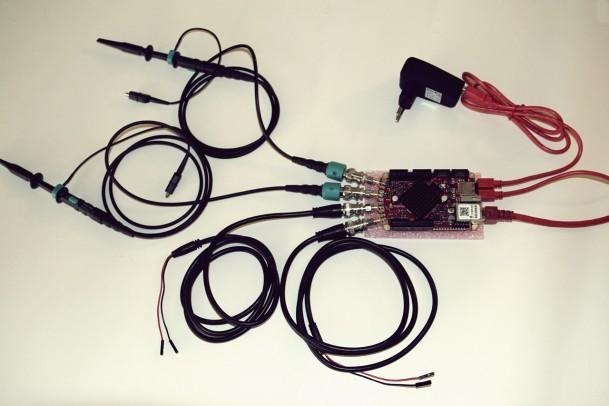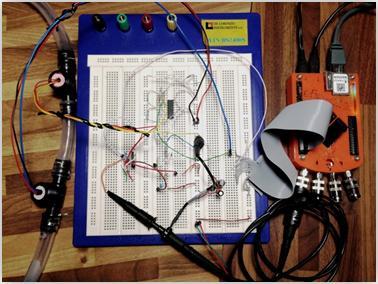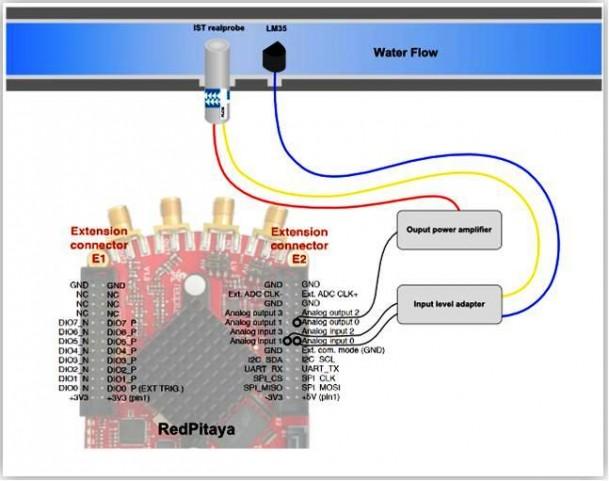Water Flows, IST Probe and Red Pitaya
- Posted by
 Red Pitaya Team
, July 1, 2020
Red Pitaya Team
, July 1, 2020

Just a few remarks before we hit the title:
- Martin’s code (remember his Gain /Phase and Impedance Analyser) – we promissed to publish the code today – we did, temporarily it was only on our forum (the topic of Martin’s project), and now it is also available on GitGub.
- If you are not receiving the Red Pitaya monthly updates – we added a button at the landing page, so now you may subscribe to it.
- There is Johannes’ blog out there (in German, but with many photos) which may give you an idea about gearing-up your Red Pitaya

To the flow metering now (here we’ll only report shortly):

The ISTFlow application which Flavio pushed on Bazaar picked quite some attention, but created some question marks also. A day or two later everything was clear as we received Flavio’s description of his project. The target was to characterize the liquid flow meter, to be more precise, to characterize the IST RealProbe flow sensor.
A bit more development had to be done in order to realize the measurement – not only did the software had to be modified, but also the electronic circuits had to be prepared for sensor driving, compensation and signal conditioning and finally even some plumbing had to be done before any measurements could be taken.

The flow sensor is implemented as a constant temperature anemometer. In addition to the IST RealProbe sensor, a second temperature sensor was introduced, in order to be able to compensate for any variations of the fluid’s temperature – LM35 was used for this purpose.


Interstingly enough Flavio recognized the slow nature of his measurement and decided NOT to use the ‘standard’ RF in- and out-puts, but opted for slow signals on the extension connectors.
Modification of software was required in order to implement the control of the sensor – a 10 kHz PID control was implemented together with electrical measurement algorithms and storage of the results. Further on, a modification of GUI was done – the Channel 2 menu was used as “ISTrp power control”.

Characterization started with some basic measurements: (1) a check that sensor works at constant temperature and then (2) observation of the electrical power supplied to the sensor depending on the water temperature (in order to maintain constant temperature difference).
Then the real topic was addressed – measurements of the output power (Pcomp) as a function of the water velocity. The results of these measurements were compensated for the temperature and from here Flavio was approximating the velocity of water by

For such an ad-hoc setup we find the results simply excellent. Still, Flavio says he would want to improve the setup in many aspects. And besides, he already started discussing the use of Red Pitaya in other fields.
As said this is just a shortened presentation of Flavio’s work. His complete explanation, sensor description, formulas, diagrams and analysis can be found in Red Pitaya Users Manual – in the section that describes the applications.
Boat speed measurements? Humm…


.jpg?width=767&name=blog%20featured%20image%20(100).jpg)
.jpg?width=767&name=blog%20featured%20image%20(85).jpg)

